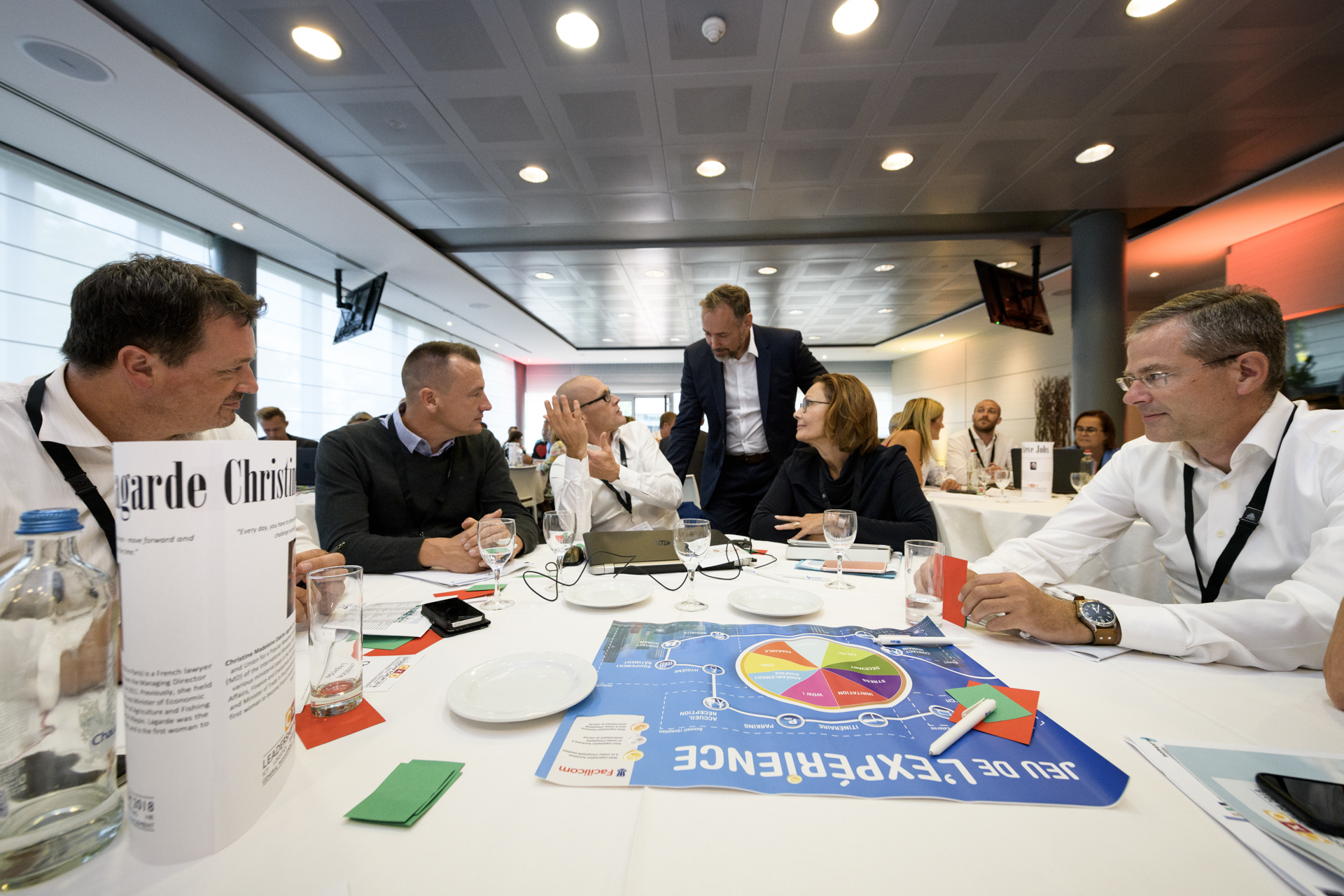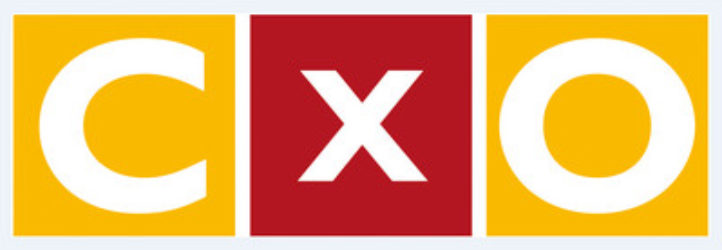What successful leaders do differently
Author: Christina Boesenberg
Recently, I have received many questions of whether I could clearly differentiate traditional leadership and Leadership 4.0 (what some are calling “digital leaders”), so I am providing a short synopsis of insights and observations in context with what is perceived as a new phenomenon.
Digital technologies have disrupted everything, not only within IT, but also leadership styles and how we manage our organisations. Leaders at every tech company are not digital leaders, but it is undisputed that Elon Musk and Mark Zuckerberg are two of the best examples today. What do they have that the majority of managers do not?
First and foremost, there is a difference in management style. Both men have the gift to inspire their employees to innovate and “hold” onto these ideas. Their acumen in applying benchmarks of digital leadership shows a fast, cross-hierarchical, cooperative, and team-oriented approach often integrating the innovation peak ideals of Silicon Valley. Above all, the personal competence, the mindset, and the application of new methods (or instruments such as “design thinking”) are crucial. There are several traits that are exhibited, ones that we also use to differentiate Leadership 4.0.
Seven things successful leaders in the digital era do differently
Traditional managers clearly define responsibilities and roles; team-oriented or cross-functional tasks beyond the manager’s outlined hierarchy immediately lead to conflicts.
Digital leaders learn how to distribute tasks according to the situation and team competence, where the abilities of managers together with employees are continually linked; success means all participants contribute their competence networking intelligence.
Traditional managers control orders, plan resources, and evaluate results (and as a rule, their own comfort zone will define the borders of a project).
Digital leaders control voting processes and discourse, evaluate tasks and results together with team members, and use resources according to potential and competence (cross-functional and cross-hierarchical); practical results are generated by integrating constant feedback between internal and external stakeholders.
- Distribution of Information
Traditional leaders typically distribute information under an obligation to provide data in a “strategic” and piecemeal manner (embodiment of the “knowledge is power” syndrome). Freedom of information (or choice) leads to control mania.
Digital leaders create a transparent framework, counts on a “collectable debt”of self-responsibility and proactive behaviours.
- Objectives and Assessments
Assessing the performance of employees individually in fixed cycles is within the comfort zone of a traditional manager. Situations determine the need for assessing employees and teams equally by a digital leader, with exchange/ feedback continually occurring.
Rules with consequences for violations avoid mistakes are the hopeful path the traditional manager takes before conflicts occur. An open atmosphere with the learning effect in errors is endorsed by digital leaders, who places the company’s own responsibility for solutions in the foreground.
Maintaining budgets, stable quality, and minimised risks are a priority for Traditional managers, leaving little room for creativity. The energy of a digital leader sustains the high-level willingness and ability for change within the company while deliberately promoting as well as encouraging high agility between the market, customers, and employees.
Creating new ideas for new products is typically extremely challenging for a traditional leader, as it does not fit the normal cycles or processes. The future is invented and designed; a digital leader knows innovations are based on a team’s focus on a common goal to make the best possible use of the abilities of each individual (Right Potential). Innovation is learnable; this is helped by transforming old structures through the use of multidisciplinary teams, flexible working environments, and creative processes.
It is all about the mindset and how we look at the world
It is more difficult to sustainably change yourself from within than learn new skills because modifications mean new thought patterns are adopted, developed as habits, and energise future actions. Sounds easy, but is not. Even using Apple shows the complexity of a digital leader’s success. A user of the online community platform Reddit asked what the CEO of Apple was doing right. Steve Wozniak answered, “Tim Cook acknowledges his employees and the customers of Apple as real people.” For Oxford Leadership, this means weQ (weQuality).
Agility is the key principle of digital leadership, relating to customer orientation and responding directly to the needs as well as desires of a target group. At the same time, Leadership 4.0 is about the involvement of employees, their individual abilities (Right Potential instead of High Potential ©), motivations, and ideas. An open, transparent, and innovative culture is the basis for high agility, rapid market adaptation, and the DNA within the digital leader.
For organisations to react more efficient to market changes, digital leaders must give much more responsibility to their teams. They allow employees a lot of freedom (and trust) in their own decisions. The co-creative fast community culture of the weQ requires a high learning flexibility of each individual as essential.
Source: Oxford Leadership



